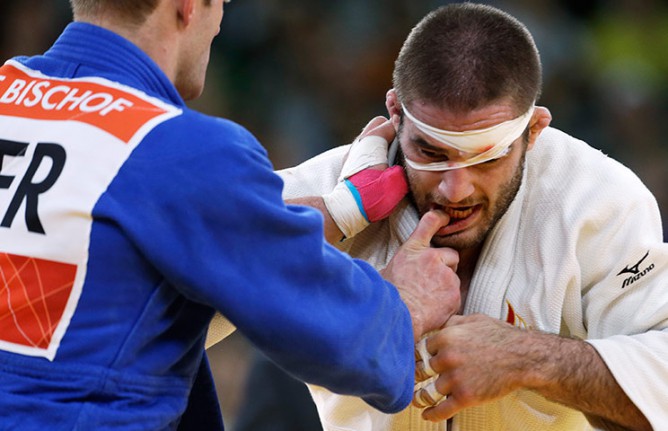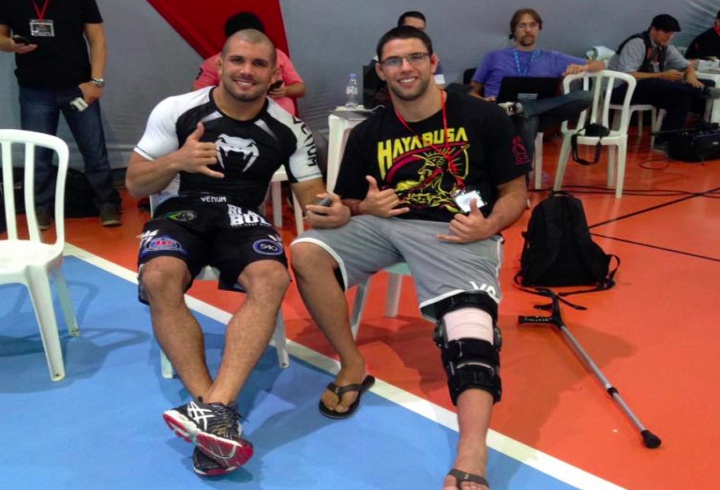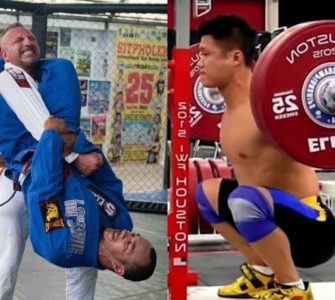Injuries are always going to happen if you train in Jiu-Jitsu. It’s part of the journey. How does BJJ stack up with other martial arts in terms of rate of injury?
It has often been said that you are typically less prone to serious injuries when training and competing in BJJ than in other more high impact martial arts.
Why is that? First of all, there is no striking in BJJ (in sports BJJ at least) so you will not suffer from head trauma, broken nose, broken teeth… You will still get injured but according to injury data (Thanks to Teufelkoenig of Reddit BJJ for sharing the info) obtained from records of on-site medical coverage at 8 statewide BJJ tournaments in Hawaii, USA, between 2005 and 2011, you are still less likely to get injured doing BJJ than in other martial arts.
The researchers looked at the incidence of injuries in BJJ competitions and determined the types and mechanisms of injuries associated with competitive BJJ.
What they found after 6 years of data collection, was that MMA was by far the combat with the highest rate of injury in competition (MMA fight). BJJ competitions do not allow any strikes so that is a big factor. Also the competitions in question did not allow neck cranks or heel hooks.
The injury rates in competitive BJJ were also much lower to a very similar combat sport: Judo, where they had competitions injury rates ranging from 25.2 to 130.6 per 1000 exposures. This is due to the fact that Judo relies much more on throwing techniques than in BJJ.

Judo athlete Travis Stevens of the United States competes with Germany’s Ole Bischof
BJJ also had a lower injury rate than another similar combat sport: wrestling. Again wrestling has more emphasis on takedowns than Jiu–Jitsu does.
Injury Rate per 1000 Athlete-Exposures:
- MMA : 236-286
- Taekwondo: 20.5-139.5
- Judo : 25.3-130.6
- Wrestling : 9.0-30.7
- BJJ : 9.2
In another non scientific document, Sport website Cover-Ground.com (which is run by Olympic level athletes, mostly from athletics, track and field) made a list of the hardest sports to train and compete in and wrestling and MMA were in the top 5 whilst BJJ was in ‘honorable mentions’.
They took into consideration mental, physical, and emotional stress.
The top 5 consisted of:
5) Rugby
4) Track
3) Mixed Martial Arts
2) Gymnastics
1) Wrestling
Their ‘honorable mentions’ were:
Swimming, Hockey, Water Polo, Rowing, Muay Thai, Brazilian Jiu-Jitsu, Triathlons.
The researchers also collected some data on types of injuries during these 6 years:
1. Orthopaedic injuries 78% of all injuries
2. Costochondral or rib injuries
3. Lacerations requiring medical care
The elbow was found to be the joint most commonly injured during BJJ competitions, with the arm bar being the most common mechanism.


















